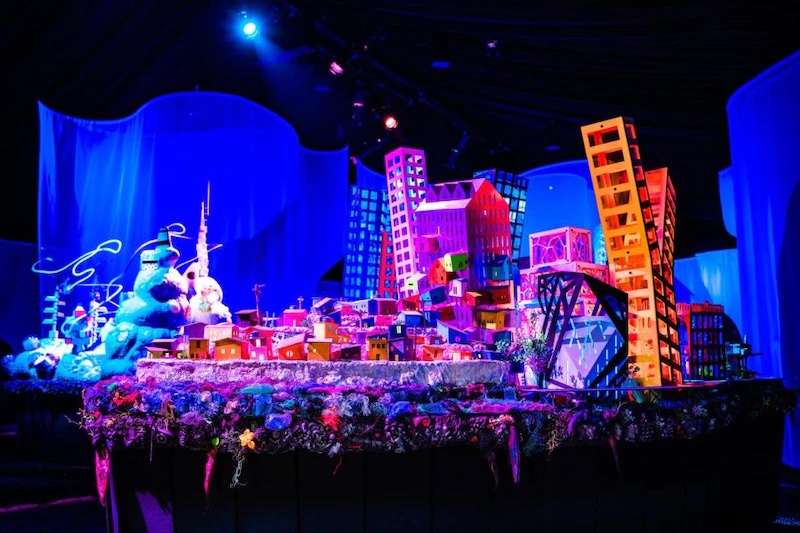The pop-up experience debuted Spatial’s award-winning 3-D immersive audio technology to the wider public for the first time, creating a multi-environment showcase that highlighted the transformative effects of immersive audio in experiential spaces by showcasing its cutting-edge technology. Spatial’s flexible, powerful and scalable technology is able to break down traditional barriers to immersive audio design and how sound builds connections to spaces.

The activation thoughtfully designed a multitude of spaces and listening experiences – without any visible hardware – to create a more realistic and immersive soundscape, unlike anything visitors had ever heard before.
With the implementation of their signature 3D, interactive soundscapes, Spatial and their partners delivered a “next gen” immersive experience within the 3,700 square foot Sunset Room.The Spatial Holodeck collaborated with The National Geographic Society taking visitors “Around the World” in a 360-degree multi-sensory tour of Earth’s most unexplored locations – from the depths of the ocean to the top of Mount Everest. The space featured real world audio and Spatial-designed soundscapes to accompany the different locations, all with the goal of providing an immersive experience that quickly and effectively transported visitors to vastly different environments in just seconds.
The Spatial Holodeck partnered with Meow Wolf, a collective of visionaries redefining multi-sensory immersion and evolving the intersection of art, technology, and storytelling, that showcased a multidimensional world powered by Spatial audio technology and a unique soundscape that took visitors through a stream of consciousness.
The Spatial Holodeck features first-of-kind audio software that is undoubtedly one of the creative technologies set to shape the future of sound design and how we experience audio in spaces. With the ability to place sounds within a space, regardless of speaker positioning, Spatial breaks down long standing barriers of traditional audio design and unlocks a new dimension of technological “magic” that delights and amazes even the most ardent non-believers. The Spatial Holodeck was open from March 11-14, 2022 and consisted of the following unique design areas:
Listening Lounge – As guests entered the space, they found themselves in an open area where they could relax on modern furnishings, peruse coffee-table books about Spatial, and enjoy their first experience with Spatial’s immersive technology, which showcased a 24-channel listening experience with soundscapes designed to welcome visitors and set the stage to transport them on their sonic journey..
Liminal Lounge – This pure white 10 x 20 space served as a room to ease the transition from the Listening Lounge to the Guided Demo space. Guests were enveloped with 20 channels of Spatial audio creating, using LED light bars to create a portal into the fully immersive demo.

The Guided Demo Room was the main event of the Spatial Holodeck. The 20 x 20 foot space featured 360-degree floor to ceiling video screens to create a fully immersive projection mapped surface built with screens to allow for acoustic transparency of Spatial audio with the space. The Holodeck was devoid of furnishings, to allow for visitors to move freely throughout the space – listening to the soundscapes as the space came to life. The Holodeck was uniquely designed with 32 channels of audio embedded behind the seamless projection surfaces to virtually transform a standard listening experience into an auditory adventure.
The Tech Space featured bold graphics and was outfitted with 3 custom tables featuring iMac computers running Spatial Studio software, Spatial’s iOS authoring tool featuring user-friendly applications that allows creators to create living, breathing sonic worlds.
Spatial team members gave real-time demos of Spatial’s powerful design tools to create immersive soundscapes as they published them to the space, allowing visitors to get hands on with the design process.
Despite all of the technology that went into these multiple areas, the space’s clean design was totally preserved as all technology components, including 150 speakers and 35,000 feet of cable, were completely hidden from view of the over 10,000 visitors who experienced The Spatial Holodeck over its four days of operation.
More information can be found here.
Partners
Pink Sparrow [design and fabrication of the Spatial Holodeck]
Meow Wolf [SXSW collaborative partner of the Spatial Holodeck]
National Geographic Society [SXSW collaborative partner of the Spatial Holodeck]
Nightscape [Disguise + Unreal integration for visuals]
Sonance [hardware partner]


